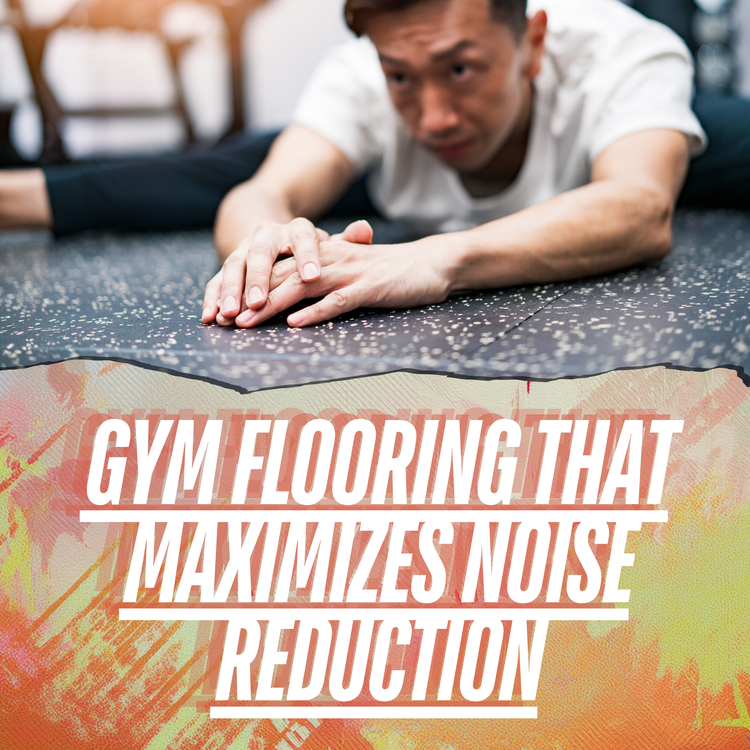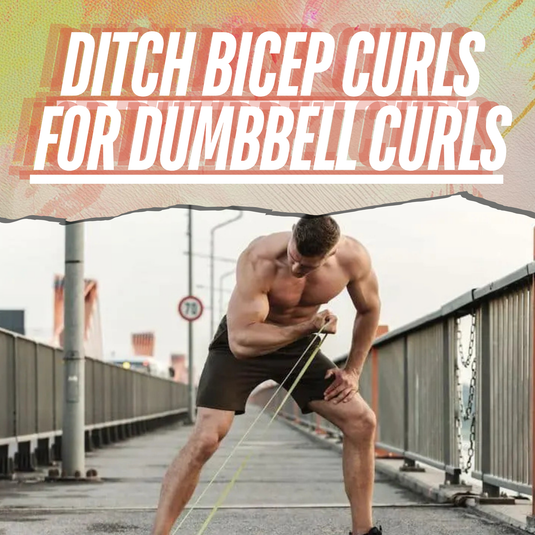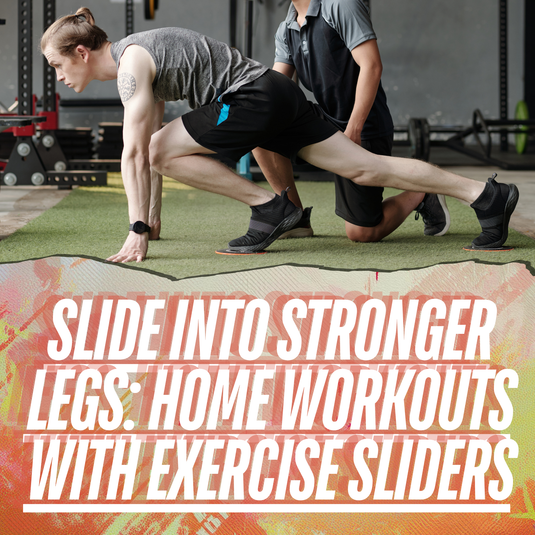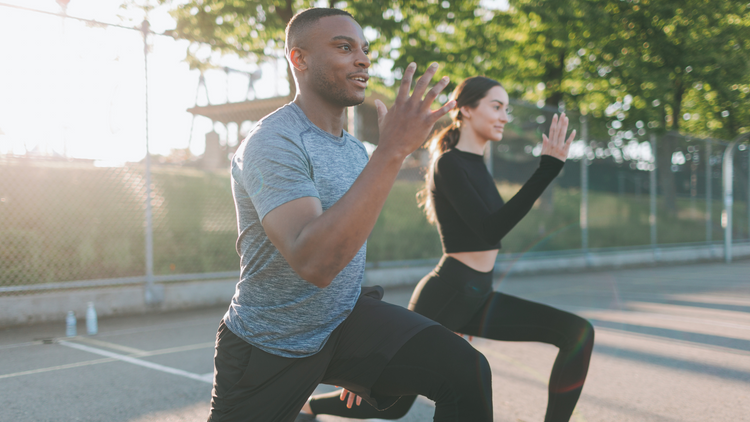Best Gym Flooring for Noise Reduction: Quiet Training at Home or in Commercial Spaces

Estimated Read Time: 6 minutes
TL;DR
Need to reduce noise in your gym? Choose rubber rolls or thick rubber tiles for their superior sound dampening. Foam may be quiet underfoot but lacks the density to absorb drops. This guide breaks down the best flooring options to minimize noise for neighbors, roommates, or clients.
Summary
Sound matters—especially when you share walls, floors, or ceilings with others. From dropped weights to squeaky shoes, gym noise can be disruptive. The right flooring material acts as a noise buffer, protecting your environment and your relationships. This guide covers the quietest options, layering tricks, and what not to use.
Table of Contents
- Why Gym Flooring Noise Matters
- Top Sound-Dampening Gym Flooring Options
- Soundproofing Layers: Underlayment & Platforms
- What to Avoid
- Internal Links to Noise-Reducing Products
- FAQs
- Back to Top
Why Gym Flooring Noise Matters
Whether you’re dropping a barbell in a high-rise apartment or jumping through a HIIT workout in a shared office building, noise travels. Poor flooring allows sound waves to echo and vibrate through walls and floors. Noise complaints are common for home gym users—but with the right material, you can drastically reduce that.
Top Sound-Dampening Gym Flooring Options
Rubber Rolls (8mm–15mm): Thick rubber rolls are one of the best materials for reducing impact noise. Their density and shock-absorbing properties make them especially effective at dampening sound from dropped weights, cardio equipment, and even footfall. If you're looking for an all-around solution for a quiet workout space, this is it.
High-Density Interlocking Rubber Tiles: These tiles, especially at 3/8" or thicker, offer near-equivalent noise reduction to rubber rolls. In addition to their solid acoustic performance, they offer excellent modularity for DIY installation and better seam integrity, which helps prevent sound from seeping through gaps.
Heavy-Duty Stall Mats: Originally designed for horse stalls, these ultra-thick rubber mats (3/4") are an unexpected but effective choice for gym flooring. Their sheer weight and density help muffle loud impacts from free weights and heavy equipment. However, they may be less customizable and harder to cut or install compared to other options.
🔇 Watch a side-by-side demo of rubber vs foam noise levels
Soundproofing Layers: Underlayment & Platforms
If your flooring alone isn’t cutting it, consider layering additional materials beneath it. This technique is particularly helpful for upstairs gyms or multi-level buildings where vibration transfer is a concern.
- Acoustic Underlayment: Adding a layer of rubber or cork underlayment beneath your flooring enhances noise insulation. These materials create a sound buffer between your gym surface and the subfloor.
- Plywood Platforms: For lifters and strength trainers, constructing a lifting platform using layers of plywood and rubber can isolate impact and significantly reduce sound transfer.
- Floating Floors: This advanced method involves building a surface that “floats” above the subfloor using rubber spacers or isolation pads. Floating floors help decouple vibrations and prevent noise from traveling through structural elements.
What to Avoid
- Foam Tiles Alone: Foam might feel soft, but it compresses too easily to absorb impact noise. Its lightweight nature can actually amplify squeaks and other small sounds instead of muting them.
- Hardwood or Laminate Under Equipment: These rigid surfaces offer little to no shock absorption and can make even the lightest footsteps or movements resonate loudly.
- Gaps in Installation: Seams that are poorly aligned or not tightly secured become conduits for sound. Make sure all tiles are snug and that edge transitions are sealed properly to maintain a soundproof environment.
Internal Links to Noise-Reducing Products
FAQs
What’s the best flooring to reduce gym noise?
Rubber rolls at 8mm or thicker are the gold standard for sound reduction.
Can I add padding underneath my current flooring?
Yes! Acoustic underlayment or foam layers beneath rubber tiles can help absorb sound.
Do I need to glue down flooring for noise reduction?
Not necessarily. Tight installations with overlapping seams are just as effective if the floor is heavy enough.
Back to Top
Keep your workouts quiet and powerful. Shop noise-reducing flooring to find the right setup for your space.










